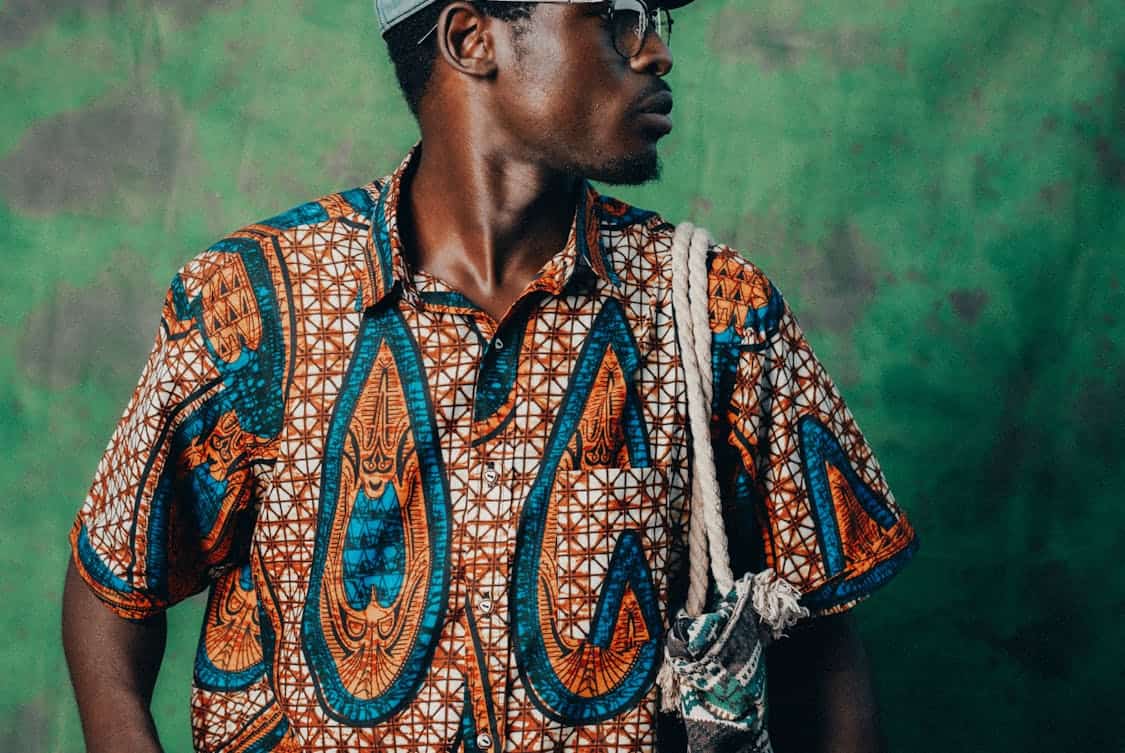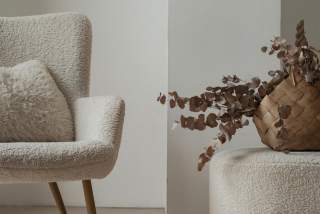Batik, a traditional fabric art form originating from Indonesia, is characterized by its intricate patterns and vibrant colors. This method involves applying wax to fabric, which resists dye, creating stunning designs that tell stories of culture, nature, and history.
Many artisans still create these works using a traditional wax-resist dyeing technique, preserving the authenticity and craftsmanship passed down through generations.
Historically, batik was not just a form of adornment; it served as a means of communication. Different patterns and colors had specific meanings.
For instance, certain motifs were reserved for royalty, while others were worn during significant life events, symbolizing joy, sorrow, or celebration. This rich heritage makes batik more than just a fashion choice; it’s a narrative woven into every piece.
The Rise of Modern Batik Fashion
In recent years, batik has experienced a renaissance, transitioning from its traditional roots to more contemporary fashion. Designers are creatively reinterpreting batik, merging it with modern aesthetics to appeal to younger demographics.
The blend of heritage with innovation has sparked a renewed interest in this age-old craft.
Fashion weeks around the globe now feature batik in various forms, from high-end runway pieces to casual streetwear. This shift highlights a broader trend where global fashion embraces cultural elements, promoting diversity and inclusivity.
The once niche appeal of batik is now making waves on international platforms, attracting attention from fashion aficionados and casual shoppers alike.
Influences from Global Trends

The global fashion landscape is ever-shifting, influenced by myriad factors, including social movements, sustainability, and cultural appreciation. As consumers become more mindful of their purchases, there’s a significant pivot towards sustainable fashion.
Batik, being a hand-crafted and often eco-friendly method, fits perfectly into this ethos.
Moreover, the infusion of street style into high fashion has opened doors for batik’s casual representations. Think batik hoodies, sneakers adorned with traditional motifs, and even accessories like bags and hats.
This crossover allows a new generation to engage with batik, showcasing it in daily life rather than reserved for special occasions.
Collaborations and Celebrity Endorsements
The rise of batik fashion is not just organic; strategic collaborations have played a pivotal role. Designers across continents are partnering with artisans from Indonesia, creating collections that respect traditional techniques while appealing to modern tastes.
Such collaborations often result in limited-edition pieces, driving both exclusivity and interest.
Furthermore, celebrity endorsements amplify batik’s presence in mainstream culture. Celebrities donning batik attire on red carpets or in music videos can significantly influence public perception and acceptance.
This visibility encourages fans and followers to embrace batik, transforming it into a fashionable statement rather than merely a cultural artifact.
Cultural Appropriation vs. Appreciation
While the resurgence of batik in fashion is largely positive, it comes with its challenges. The line between cultural appropriation and appreciation can be thin.
Critics argue that when elements of a culture are used without understanding their significance, it risks trivializing their meaning.
To navigate this delicate balance, many designers and brands are investing time in understanding batik’s history and significance. Engaging local artisans in the design process fosters authenticity and helps maintain respect for the tradition.
This collaborative approach not only elevates the quality of the fashion but also ensures that the cultural narrative remains intact.
The Digital Age and Batik’s Evolution
In today’s tech-driven society, the rise of social media has transformed how brands engage with consumers. Platforms like Instagram and TikTok provide a stage for batik enthusiasts and designers to showcase their creations.
Stunning visuals can go viral, reaching audiences that traditional marketing methods might miss.
Online marketplaces have also made it easier for artisans to reach global customers. A small workshop in Indonesia can now sell batik products to buyers halfway across the world, bridging cultural gaps and creating economic opportunities.
This digital evolution ensures that batik not only survives but thrives, adapting to contemporary consumer behavior.
Sustainable Practices in Batik Production
As sustainability takes center stage in fashion discussions, batik offers a naturally eco-friendly alternative. The materials used in traditional batik production, such as cotton and natural dyes, can often be sourced responsibly.
Many artisans are now emphasizing sustainable practices, creating a product that aligns with environmentally-conscious values.
Moreover, the slow fashion movement resonates with batik’s handcrafted nature. Each piece is unique, often taking days or weeks to create.
This stands in stark contrast to mass-produced fashion, encouraging consumers to invest in quality items that tell a story rather than simply following fast fashion trends.
Batik in Everyday Life
Batik’s transformation isn’t limited to runways and high fashion. Its incorporation into everyday life makes it accessible to a broader audience.
Casual wear featuring batik prints—like t-shirts, skirts, and even activewear—allows individuals to express their style without losing connection to cultural roots.
Events like batik festivals and workshops are becoming increasingly popular. These gatherings celebrate the art form, allowing people to experience batik firsthand.
Participants can learn to create their designs, fostering a deeper appreciation for this cultural heritage. Such experiences bridge the gap between tradition and trend, ensuring the craft remains relevant.
Global Batik Fashion Trends
The integration of batik into global fashion trends showcases its versatility. Designers from various countries are experimenting with batik patterns, blending them with indigenous designs from their own cultures.
This cross-pollination creates a rich fashion narrative that honors numerous heritages while appealing to global sensibilities.
For instance, batik has found its way into high fashion collections in Europe and the Americas, often paired with slick modern cuts or avant-garde silhouettes.
This juxtaposition modernizes the classic patterns, making them appealing to fashion-forward consumers eager to make a statement.
Celebrating Diversity in Fashion
The batik fashion uprising is part of a larger movement celebrating diversity in the fashion industry. As more brands recognize the value of inclusivity, they are more inclined to incorporate elements from various cultures into their collections.
Batik serves as a beautiful representation of this global exchange, where tradition meets innovation.
This celebration of diversity enriches the fashion landscape, making it more relatable to a wider audience. Consumers are increasingly drawn to brands that reflect their values, including respect for cultural heritage and commitment to sustainability.
Batik, with its deep-rooted significance and adaptability, plays a vital role in this evolving narrative.
The Future of Batik in Fashion
Looking ahead, the future of batik in fashion seems promising. The continuous blending of traditional craftsmanship with modern design will likely keep batik relevant.
Upcoming generations, with their growing interest in storytelling through fashion, will find new ways to interpret and incorporate batik into their wardrobes.
Moreover, as globalization continues to intertwine cultures, batik will likely inspire new trends and collaborations. The key will be maintaining the essence of its origins while adapting to contemporary needs and styles.
This balance will ensure that batik remains a vibrant part of the fashion dialogue, celebrated for both its artistry and its cultural significance.









Leave a Comment